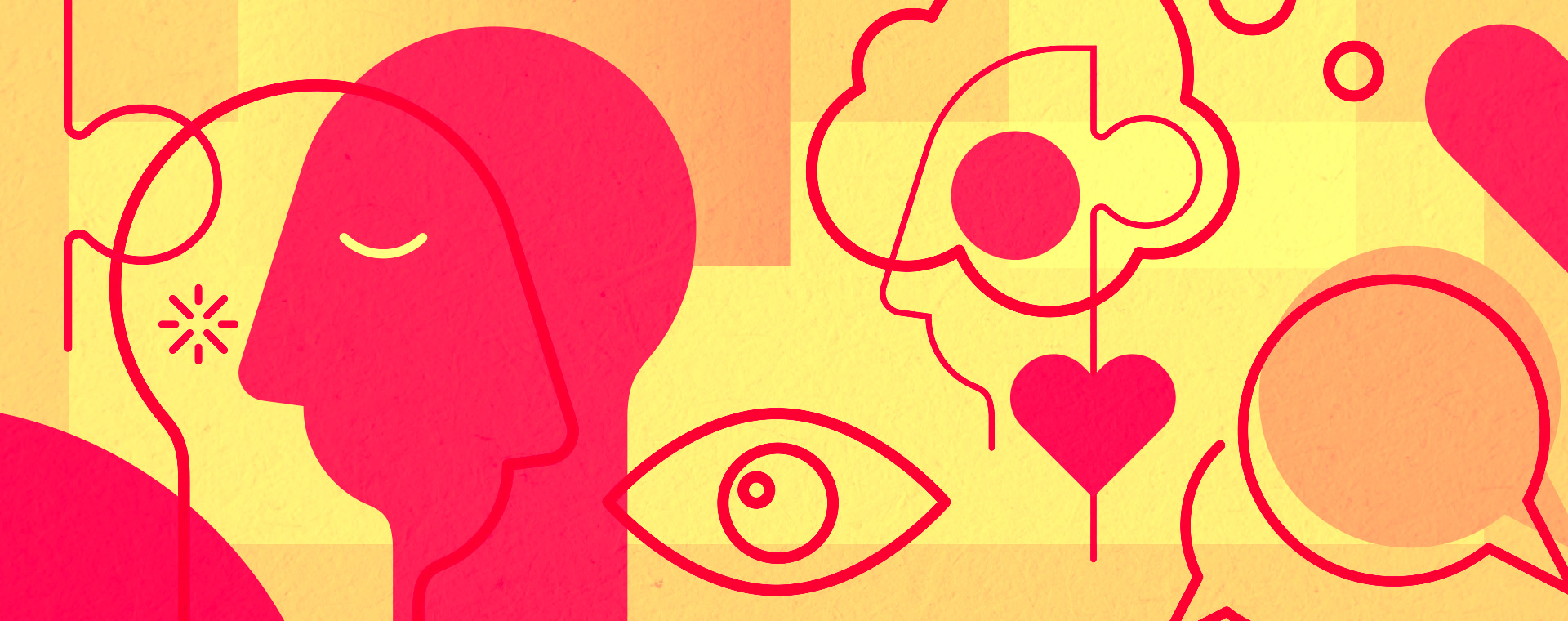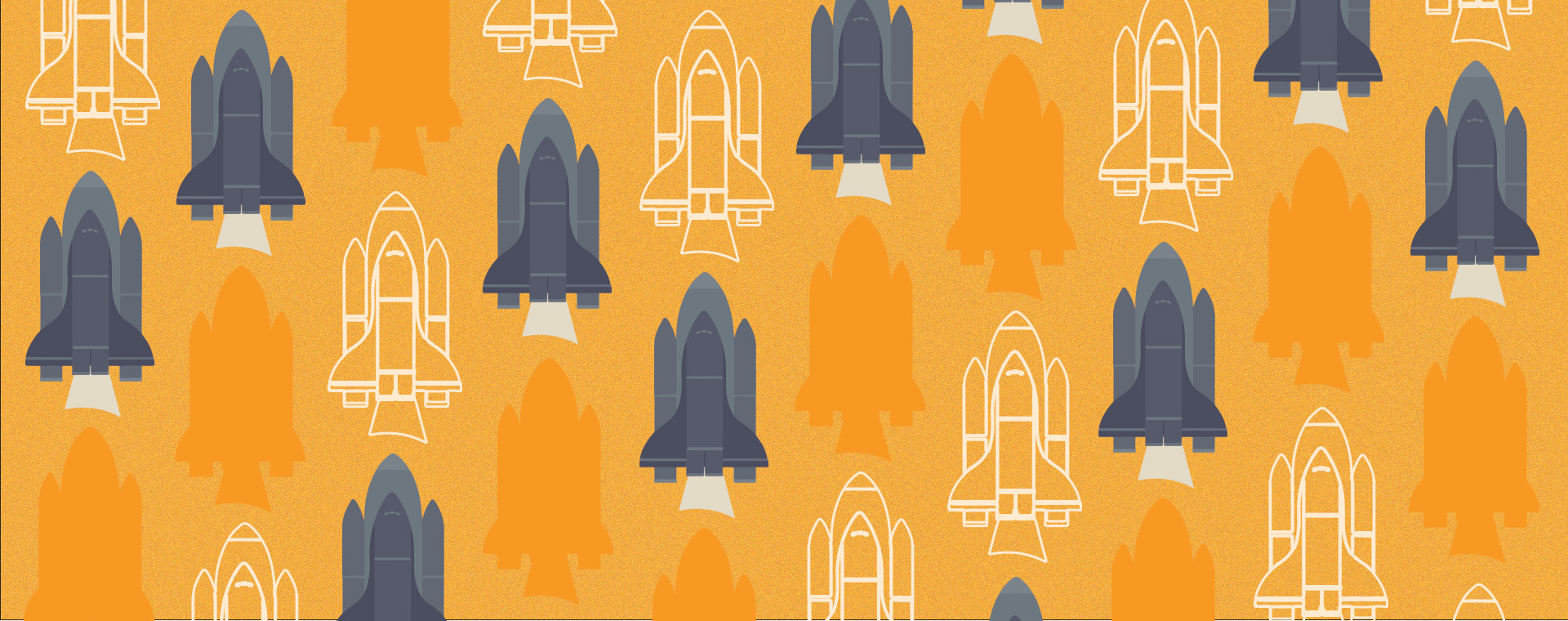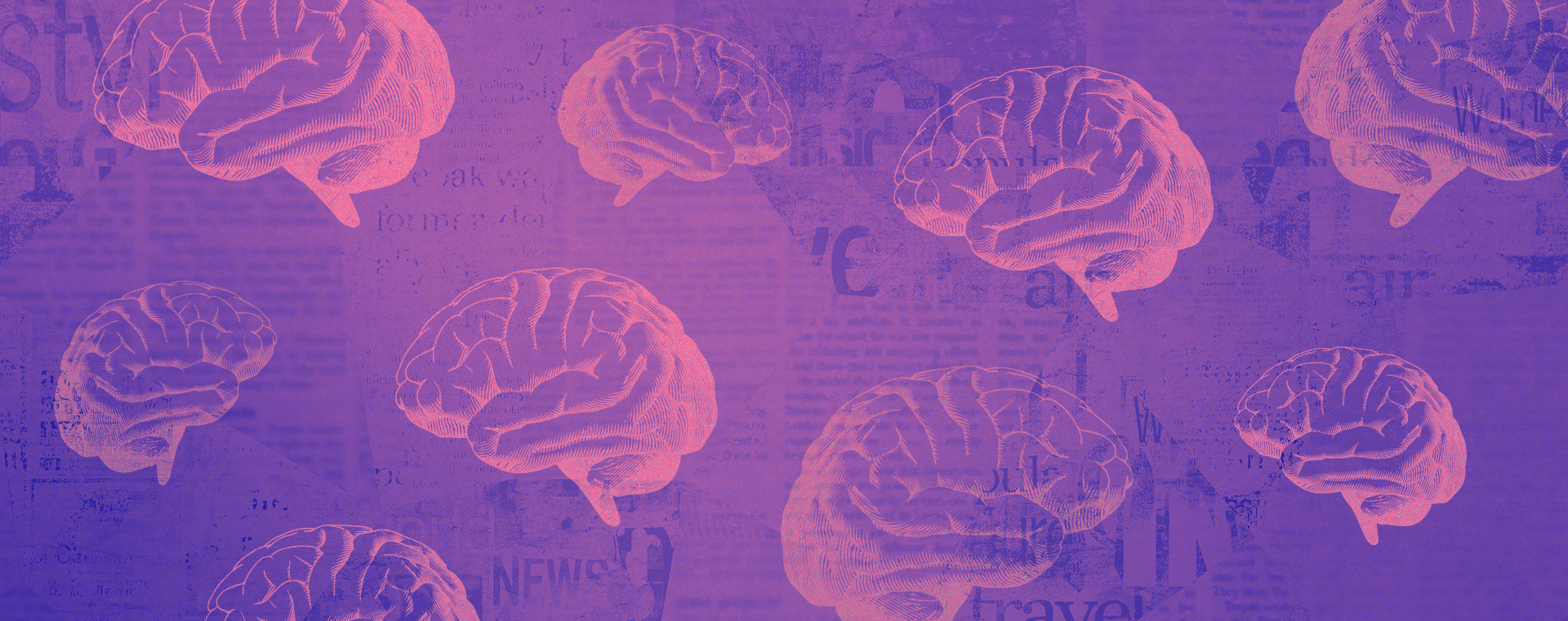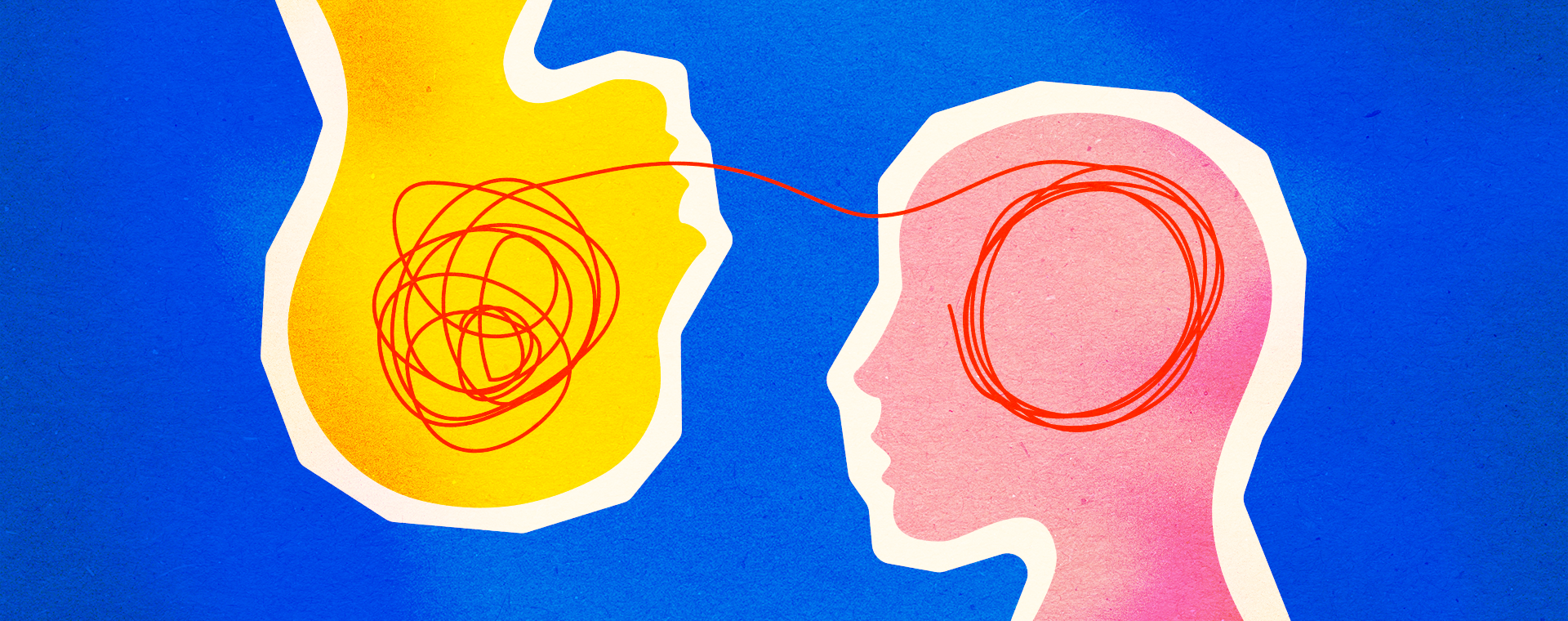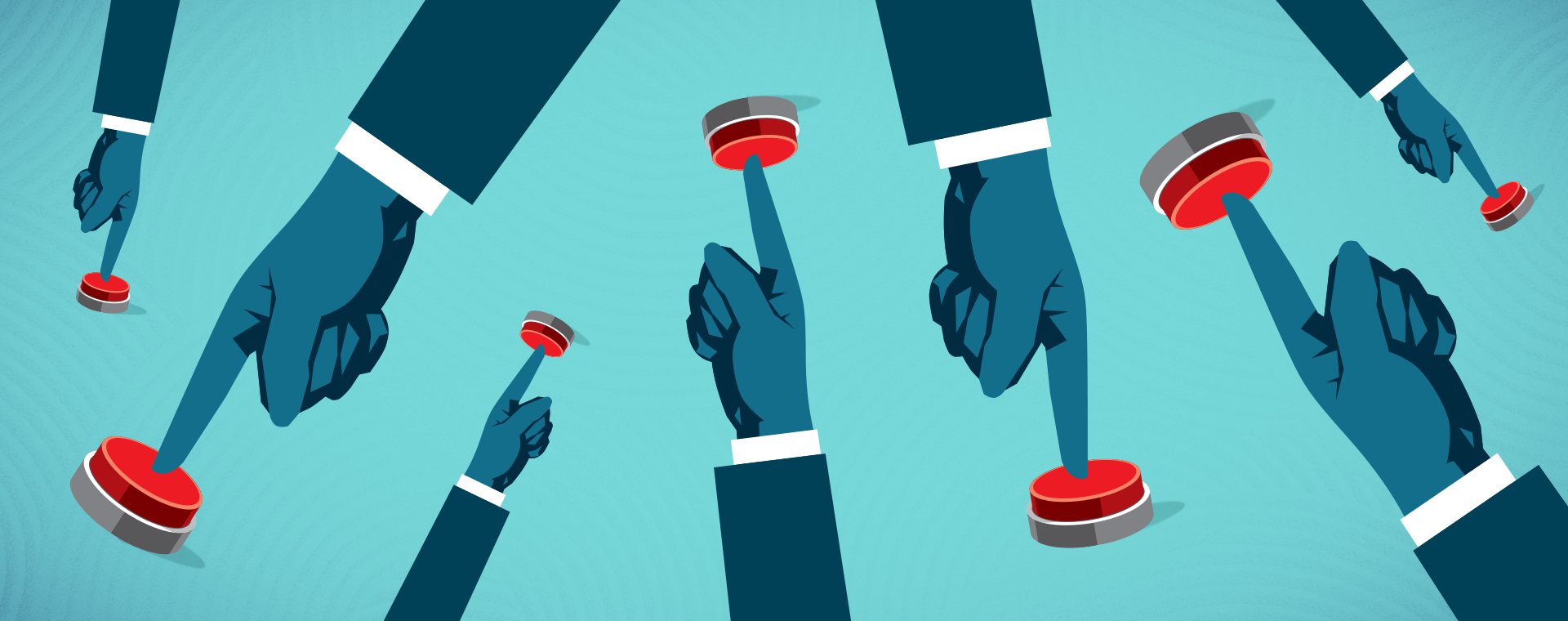How to use behavioural science to drive better digital marketing performance [with B2B examples]
By: Krishal Ramesh
June 5, 2025 | Reading Time: 9 mins
Ever clicked something before you even knew why? Maybe it was a “Last chance!” sale or a glowing online review from someone who looked just like you. Whatever it was, your brain made a split-second decision and behind the scenes, marketing strategies powered by behavioural science were at work.
Consider this your crash course in using behavioural science (ethically, of course) to design smarter marketing campaigns, craft content that actually hits, and nudge people toward the actions you want them to take. We’ll break down five core principles, share real-world examples, and give you practical ways to test these tactics in your digital marketing—whether that’s on your website, in emails, on social, or in paid ads.
What is behavioural science in marketing?
Behavioural science is the study of how people make choices. In marketing, it plays a part in behind why someone converts or bounces. It explores how consumer behaviour, emotions, and mental shortcuts (aka heuristics) shape every interaction with your brand.
It’s about designing experiences that feel effortless and intuitive—like you just get your audience. When marketers understand the psychology behind how people make decisions, they can create moments that feel more natural, more helpful, and ultimately more effective.
Your customers are being nudged constantly online. The real question is: are your marketing strategies nudging your audience toward the right actions, at the right moment, in the right way? Behavioural science can help, but it’s not a magic fix. It only works when you’ve nailed the basics: targeting the right people, making sure your messaging actually resonates, and delivering content that feels relevant and timely. Think of these principles as smart layers to build on top of what you’re already doing.
5 behavioural science principles that influence user behaviour in marketing
These might sound familiar. They’re often talked about but rarely applied well. Here’s how these principles show up in real life, with examples you might recognize from everyday ecommerce experiences, along with ones pulled from the B2B world to show how they work across different digital touchpoints.
1. Social proof
People follow the crowd, especially when they’re unsure. If others engage with or endorse something, potential customers are more likely to trust it.
Why it works: Social proof creates a sense of security and perceived value. It’s a fast, familiar mental cue that helps people decide what’s credible, especially in unfamiliar or high-stakes decisions.
Examples you’ve probably seen and clicked:
- Temu’s homepage floods you with real-time stats: “2,500+ sold” “#4 Best Seller.” It’s a high-intensity approach that plays into urgency and herd mentality.
- Amazon uses “Amazon’s Choice” badges and “Frequently bought together” labels to guide customers toward high-confidence purchases.
- Airbnb shows a “guest favourite” badge and for some listings, mark it as a “hidden gem”, which subtly pushes browsers toward action with a sense of popularity.
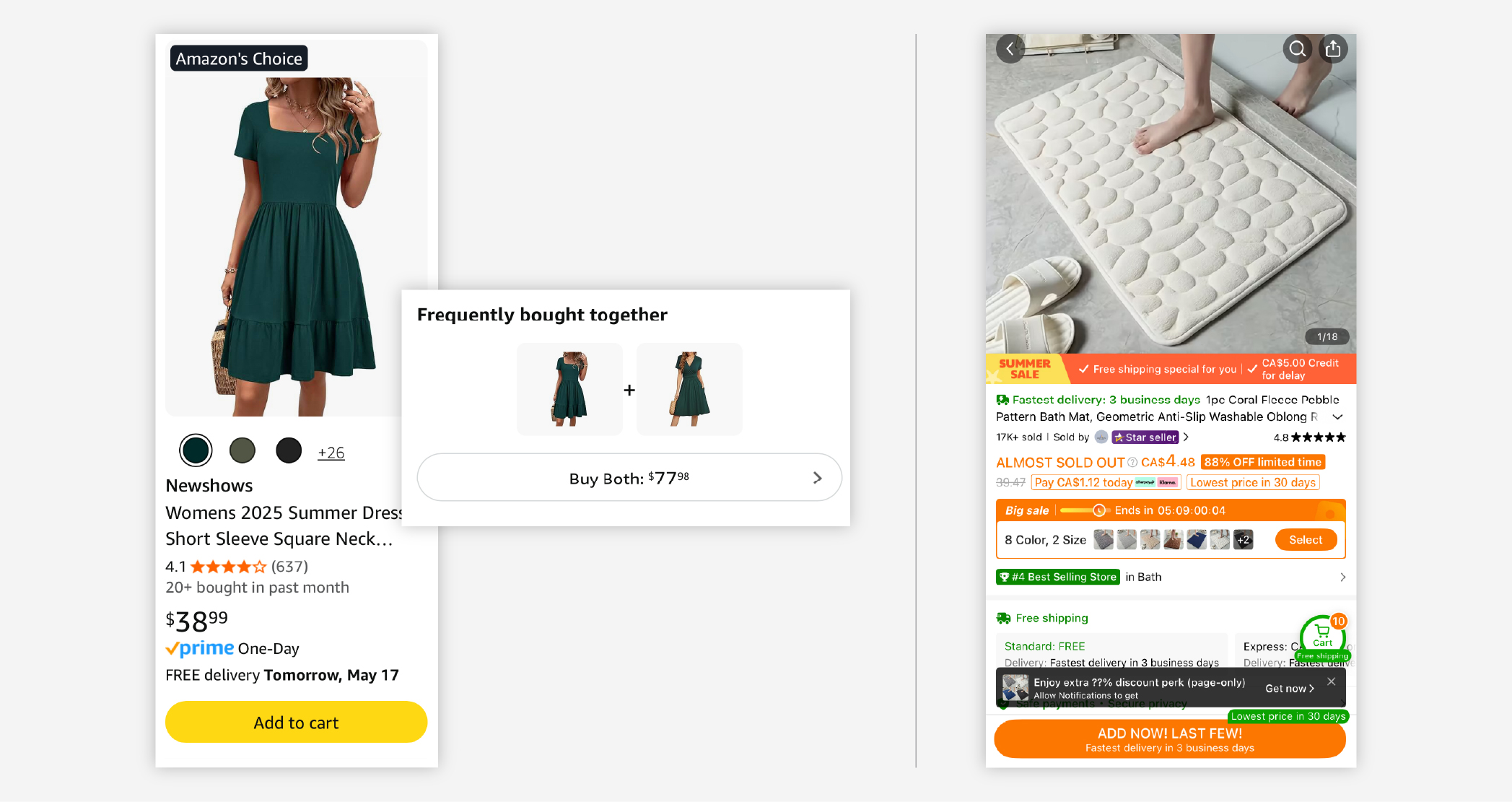
Examples from B2B
- A B2B company might feature customer logos on its homepage, showing that recognizable brands or industry peers already use and trust them. Think messaging like “Trusted by teams at Cisco, Atlassian, and Shopify” or logo carousels.
- Case studies and testimonials from real clients especially when tied to specific results reinforce credibility for high-stakes purchases or partnerships. Figma is a great example because they’ve created tons of social proof on their home-page by placing testimonials and a heavy hitter logo carousel together. Asana also positions case studies well on their homepage with strong copy reinforcing that top companies trust them.
- Using metrics to quantify the number of folks that work with you is a fast cue for showing that you’re trustworthy. For example, highlighting that “5,000+ marketers use your tool monthly” creates an impression of credibility and sprinkle of FOMO. Birdeye does this well by showing their Google customer star rating and quantifying the number of reviews they received (while also showcasing logos).

Pitfall to avoid
Overloading a page with social proof can overwhelm or even trigger negative emotions like anxiety or skepticism. If everything is “Top Rated,” it loses meaning. Over-polished online reviews, especially without detail or context, can seem inauthentic and damage your brand’s reputation, especially with younger audiences. Keep it credible, limited, and relevant. Prioritize realness over perfection, and assume today’s consumers can tell the difference. In B2B, you may not need logo carousels on every page. But more often than not it creates a great first impression on your homepage.
2. Scarcity
When something feels limited, we want it more—and we want it now. That’s the scarcity principle at work, rooted in our evolutionary drive to prioritize resources that might disappear.
Why it works: The fear of missing out (FOMO) is a powerful motivator. It increases the perceived value of an item and pushes users to make faster decisions, especially when the stakes feel high or time-sensitive.
Examples you’ve probably seen and clicked:
- Shopify stores running product drops use countdowns, “low stock” alerts, and exclusivity language to spike demand.
- Booking.com regularly tells users there’s “Only x rooms left at this price!” This messaging adds urgency and nudges decisions, especially for indecisive users.
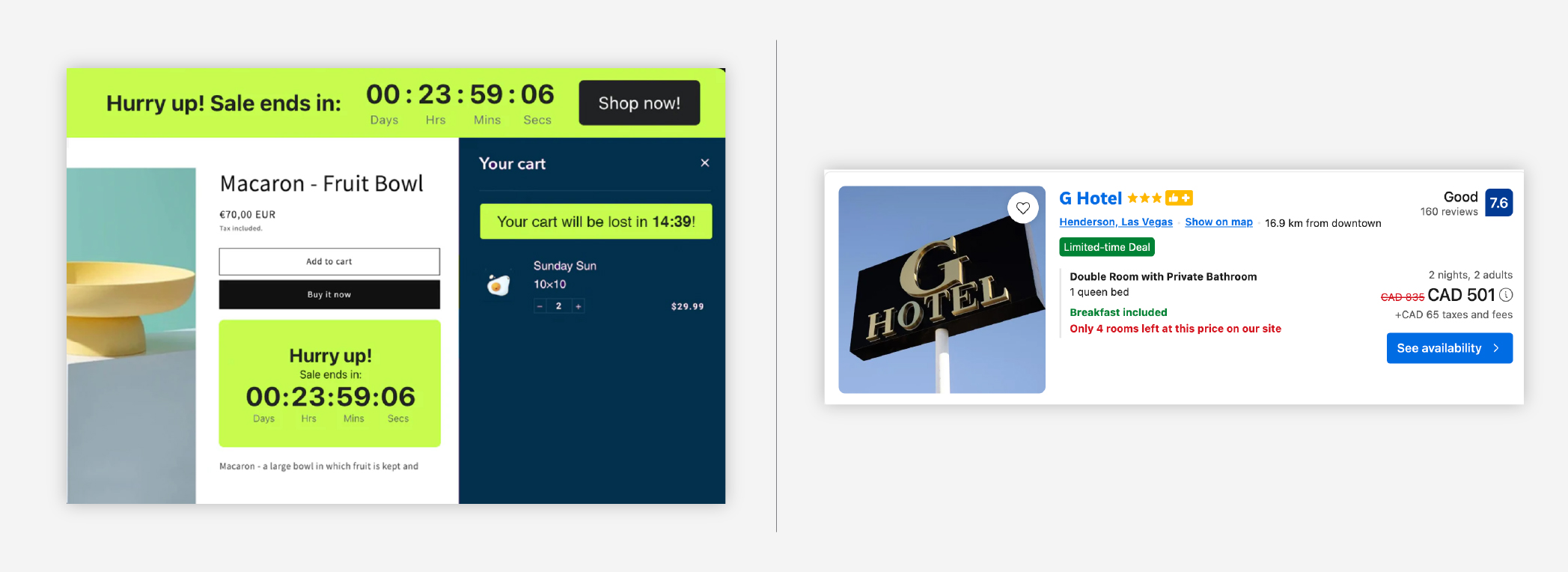
- Temu turns shopping into a high-stakes game, blending gamification with scarcity. You’re greeted with flashing badges (“Almost sold out!”), and dramatic countdowns for deals like “88% off for a limited time.” Every scroll feels like a race against other shoppers, creating a sense of urgency and competition that pushes users to act fast or risk missing out.
Examples from B2B:
- Event registrations can lean into scarcity by calling out limited seating, encouraging folks to snag their spot before it’s gone. Examples include webinars and digital events that use early bird pricing, capped attendance, or countdowns to encourage early signups.
- Beta programs or pilot feature tests amp up FOMO by emphasizing “get it first” access to new features—playing on both scarcity and exclusivity.
- SaaS vendors and professional services often push limited-time pricing or discounts for renewals or new deals signed by a deadline. That ticking clock is a classic motivator to get people moving for a better offer.

Pitfall to avoid
Scarcity must be real. Faking it through endless flash sales or false stock warnings might drive a few short-term clicks, but it can erode trust and damage your brand’s reputation over time. Trust is key to customer loyalty, and deceptive urgency is a fast way to lose it.
3. Loss aversion
People feel the pain of losing something more intensely than the pleasure of gaining something of equal value. It’s a key insight in human behaviour and a classic behavioural science principle.
Why it works: Highlighting what customers stand to lose often drives more action than highlighting what they might gain. It’s a subtle but effective shift in marketing strategies and can be a powerful lever for increasing your conversion rate.
Examples you’ve probably seen and clicked:
- Grammarly notifies users of missed corrections with copy like “You missed X critical errors,” prompting action through potential regret.
- Duolingo taps into loss aversion by warning users when their learning streak is about to break—messages like “Don’t lose your 15-day streak!” trigger a fear of losing progress, motivating daily engagement.

- Levi’s abandoned cart emails trigger loss aversion by making shoppers feel they’ll miss out on a deal, which can be more motivating than the original desire to buy.
Examples from B2B:
- If you’re a software vendor onboarding a client, flagging missed opportunities during setup is a great use of loss aversion. For example, “You haven’t set up X feature. Teams that do see a 30% higher success rate.” This kind of message highlights what users stand to lose by not taking full advantage of the platform.
- When positioning against competitors, loss aversion can come into play by calling out what customers give up when they downgrade, switch providers, or ways in which they may be taking losses already. This type of messaging works well on unsubscribe pages, pricing downgrade pages or competitive comparison pages. Gusto does a great job of showcasing the losses you experience by choosing ADP over them.
- You’ll also see loss aversion show up in prospecting emails, ad copy, or benefits sections on websites, especially when pointing out what potential customers are missing by not using your product. For example, “If you don’t have a LinkedIn content strategy, you’re missing out on a powerful marketing channel.” It’s all about spotlighting the gap and the cost of inaction. HubSpot does a good job of positively positioning loss aversion by showing how you lose out on efficiency without their product.

Pitfall to avoid
Overusing loss aversion can come across as guilt-heavy or even manipulative, especially in B2B or high-trust industries. Steer clear of emotionally loaded copy or being too doom and gloom like “failing to act will cost you millions”. Be mindful of tone so you don’t shame folks or over-do this type of messaging. Empathy usually outperforms pressure.
4. Anchoring
The first piece of information we see, like a price or stat, shapes how we interpret everything that follows. This mental shortcut helps us evaluate value quickly and is one of the most common psychological triggers used in marketing.
Why it works: Anchors act as a reference point. Once that point is set, users compare all other options against it, even if it’s arbitrary. Anchoring helps guide expectations and influences the perceived value of what’s being offered. Even visual cues like typography play a role—see how it evolved from print to digital and why it matters in perception.
Examples you’ve probably seen and clicked:
- Wayfair uses anchor pricing by displaying high original prices crossed out next to discounted rates anchoring perceived value and making the deal feel more substantial.

Examples from B2B:
- SaaS brands often lead with a “Pro” or “Enterprise” pricing tier before showing their lower-tier plans. It makes the “Basic” or mid-tier option feel more affordable and reasonable by comparison.
- Canva highlights what isn’t included in its free tier before showcasing the Pro features. Users see this with the “locked for premium icon” in the interface. That contrast makes the upgrade feel more worthwhile and positions Pro as the “complete” experience.
- A company might start a landing page with a strong benchmark stat like “Teams using this tool see a 40% increase in productivity”, before introducing the product. That upfront number anchors expectations and makes the offer that follows feel more impactful.

Pitfall to avoid
Anchors only work if they feel fair. If your anchor feels inflated or irrelevant, users will see through it. Anchors should help clarify, not confuse. Always tie pricing or product tiers to real benefits, and use comparisons that are closely linked to your target audience’s needs.
5. Reciprocity
When someone gives us something valuable, without asking for anything in return, we feel compelled to give back. It’s a classic principle of human behaviour and a cornerstone of building strong customer loyalty.
Why it works: Reciprocity creates a sense of goodwill and starts a value exchange. When potential customers receive something useful up front, they’re more likely to respond, engage, or convert later.
Examples you’ve probably seen and clicked:
- Sephora gives Beauty Insider members a free birthday gift, offers samples with purchases, and lets customers earn points toward future rewards. It’s a smart value exchange that builds loyalty and keeps people coming back for more.
- Apple runs free in-store workshops that teach people how to get the most out of their devices from boosting productivity to exploring creative tools. It’s educational, genuinely helpful, and builds goodwill.
Examples from B2B:
- HubSpot offers a massive library of free guides, templates, and tools. It builds trust before any pitch even happens, and users are more likely to get paid tiers later on since they’re already a part of the ecosystem and know they can trust the brand.
- Notion gives users free productivity kits and onboarding tutorials to fast-track adoption and strengthen the emotional connection to the product.
- Adobe provides full-featured free trials, giving consumers a chance to explore and experience value before committing to a paid plan.

Pitfall to avoid
Reciprocity isn’t a bribe. It should never feel like a bait-and-switch. If your “freebie” is just a thinly veiled sales pitch, users will bounce. Offer real value, something that helps solve a problem or genuinely improves the customer experience, without immediate pressure to buy.
Marketing with empathy, not manipulation
Psychology in marketing isn’t about mind control, it’s about mindfulness. It’s about making digital experiences feel more human. More intuitive. More right for your audience.
So go ahead—test, tweak, and don’t be afraid to get curious. The more aligned your tactics are with how people actually behave, the more effective, and empathetic, your campaigns will be.
